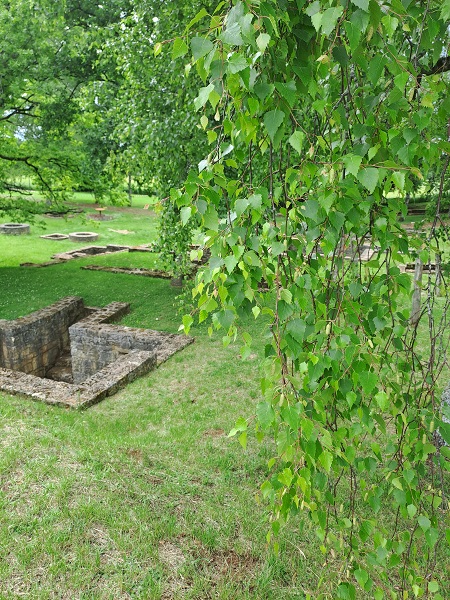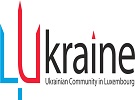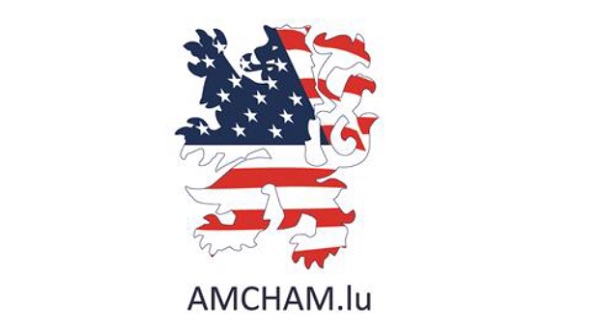 Reconstruction of the public space of the oppidum around year 80 BC;
Credit: N. Herber © INRA
Reconstruction of the public space of the oppidum around year 80 BC;
Credit: N. Herber © INRA
Chronicle.lu has teamed up with Luxembourg's National Institute for Archaeological Research (Institut national de recherches archéologiques - INRA) for a series of articles on archaeological digs and discoveries around the Grand Duchy.
The series explores digs spanning from prehistoric to Roman and medieval times, highlighting key finds and what they reveal about Luxembourg’s past. It also sheds light on the work of the INRA and its approach to archaeological and historical research.
The latest article in this series looks at the Titelberg Celtic and Gallo-Roman site.
In the 2nd century BC, Celtic society across Europe underwent major political and economic changes. These shifts led to the creation of large, fortified settlements which the Romans called “oppida” (singular: “oppidum”). One of the best-known examples is Titelberg, located in the southwest corner of Luxembourg, just a 30-minute drive from Luxembourg City.
Although people have known about the site since the 1600s, it was not until the 1980s that archaeologists began to study it systematically. Under the guidance of Jeannot Metzler from the National Museum of Archaeology, History and Art (Musée national d'archéologie, d'histoire et d'art - MNAHA), and later Catherine Gaeng from the INRA, excavations aimed to uncover how this unique site developed and functioned. Their work resulted in more than 3,000 pages of research being brought to light. Today, Titelberg is recognised as one of the most important archaeological sites from the transition between late Iron Age and the early Roman period in the region.
The site itself has a long history. The earliest signs of human activity date back to the Neolithic period. However, Titelberg did not become a major settlement until the second half of the 2nd century BC, when a massive defensive wall - 2.7 kilometres long - was built. Inside the walls, three main zones were established:
- a public space, used as meetings point for the Treveri tribe elite;
- a residential and workshop area, where archaeologists found houses, pottery workshops, metalworking areas and even a glass workshop that flourished in Roman times;
- a busy market district, which was reserved for traders from across the Mediterranean. Goods sold here included Italian and Greek wine, Spanish olive oil and fish sauce, and exotic fruits.
Outside the walls, two large cemeteries were established near the oppidum's entrances, offering a final resting place for deceased members of the community.
Titelberg thrived for about a century, but after the Roman conquest of Gaul in the mid-1st century BC, its importance gradually declined and it evolved into a Roman-style village over time. Yet the memory of its former status lived on - so much so that a Roman temple was built on the old public space, a symbol of its lasting significance.
The site was abandoned during the latter half of the 3rd century AD. This period was characterised by significant internal conflicts within the Roman Empire, the invasion of barbaric groups from across the Rhine and the likely presence of looting bands seeking profit from the chaos.
Highlights
Titelberg is located in a protected natural area, making it an ideal place not only to explore the fascinating ancient history of Luxembourg but also to enjoy a peaceful walk surrounded by nature. Whether one is a history enthusiast or simply looking for a scenic spot to unwind, Titelberg has something for everyone.
Additional Information for Visitors
On-site information signs (in French) provide historical context throughout one's visit. Free guided group tours are available (book in advance here).
Getting There
To visit Titelberg, head toward Fond-de-Gras in southern Luxembourg and park at the car park next to the forest cemetery. From there, the site is easily accessible on foot. Comfortable shoes are recommended.

The area of the settlement (© INRA)








